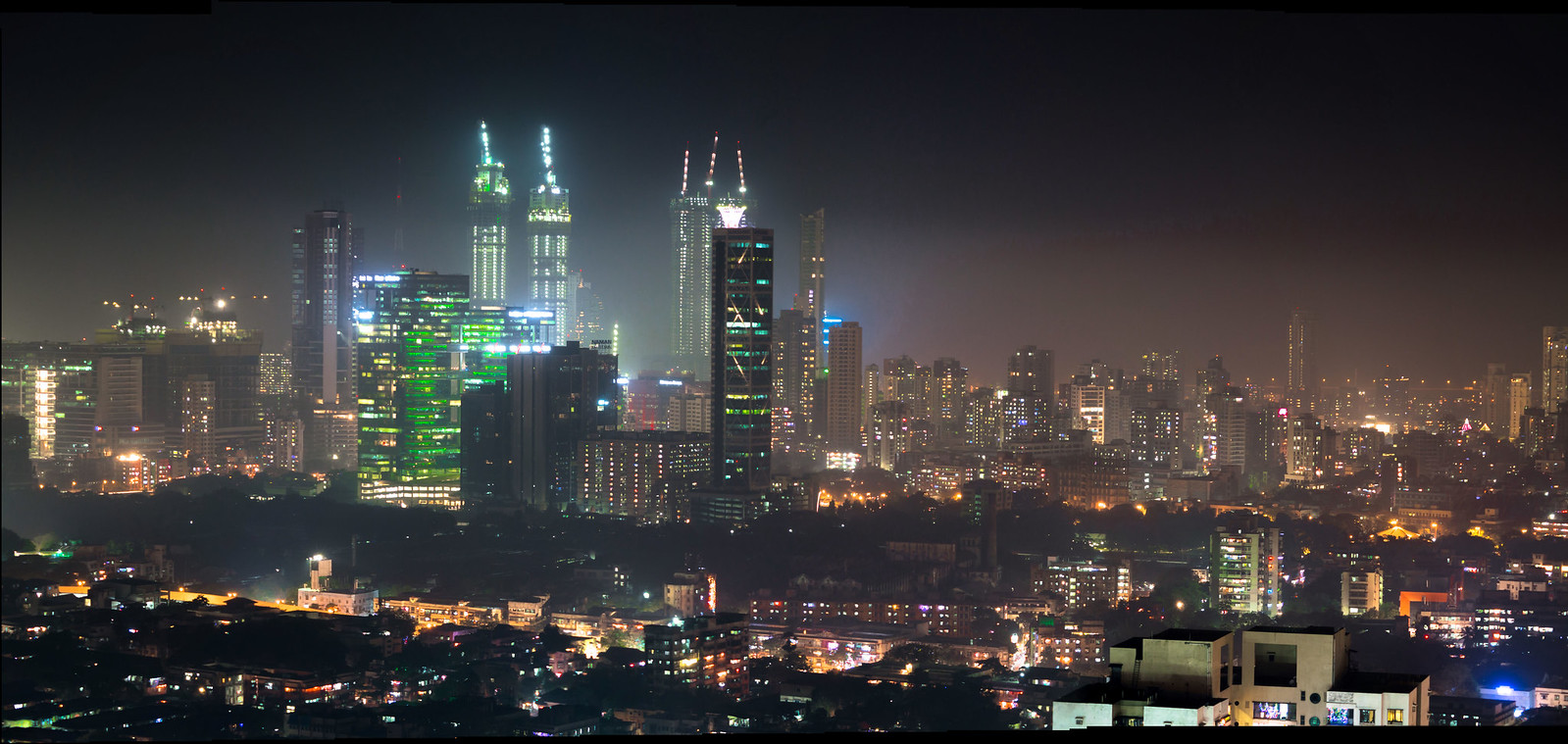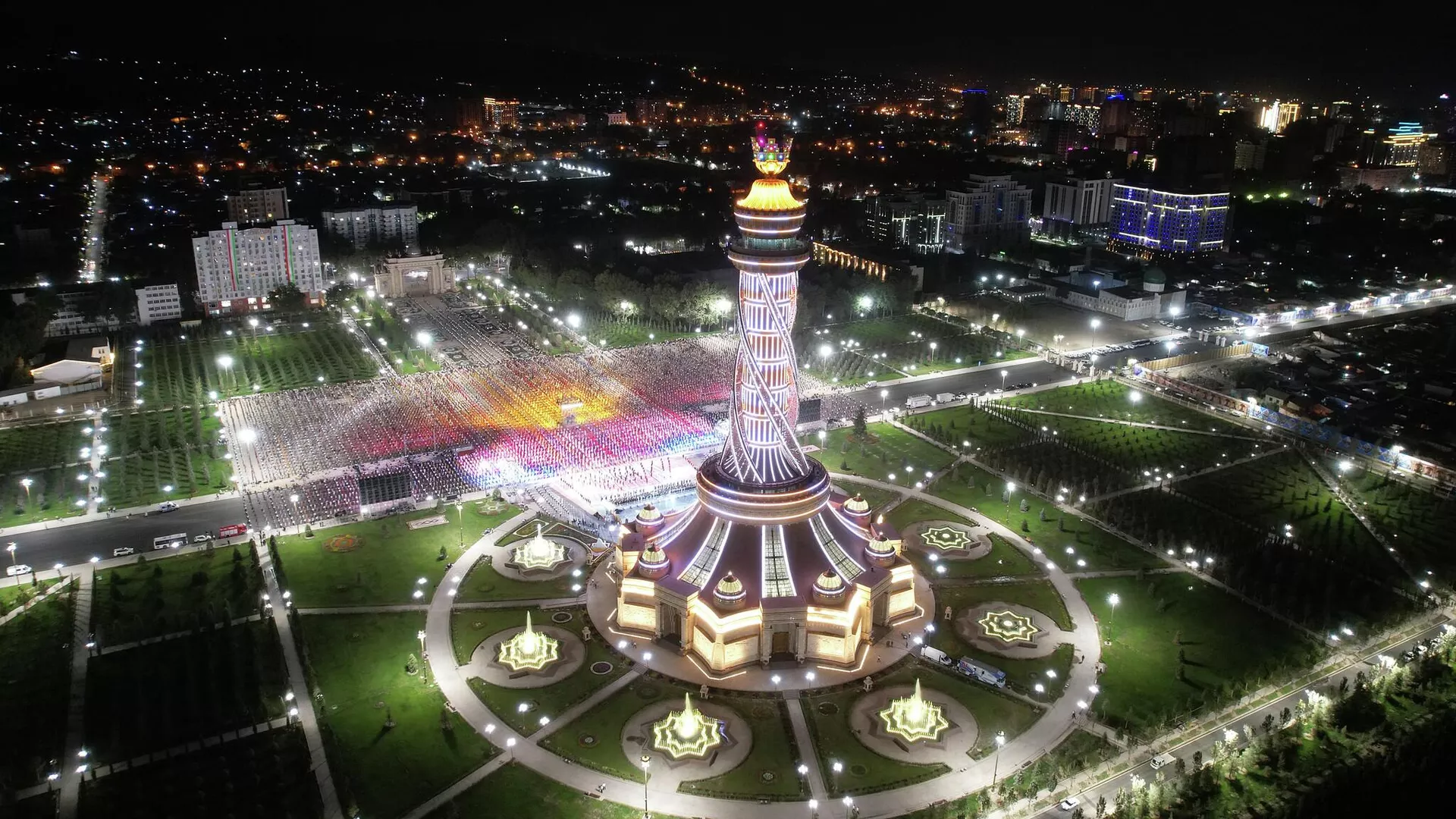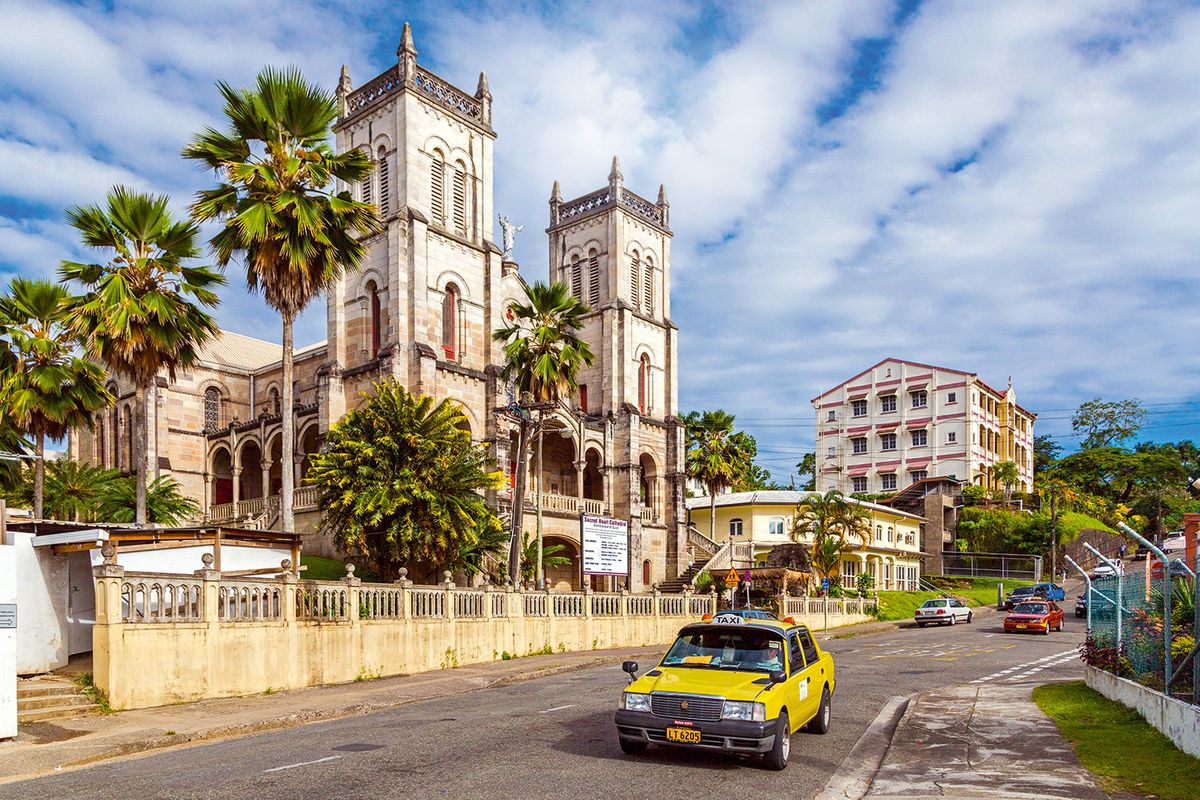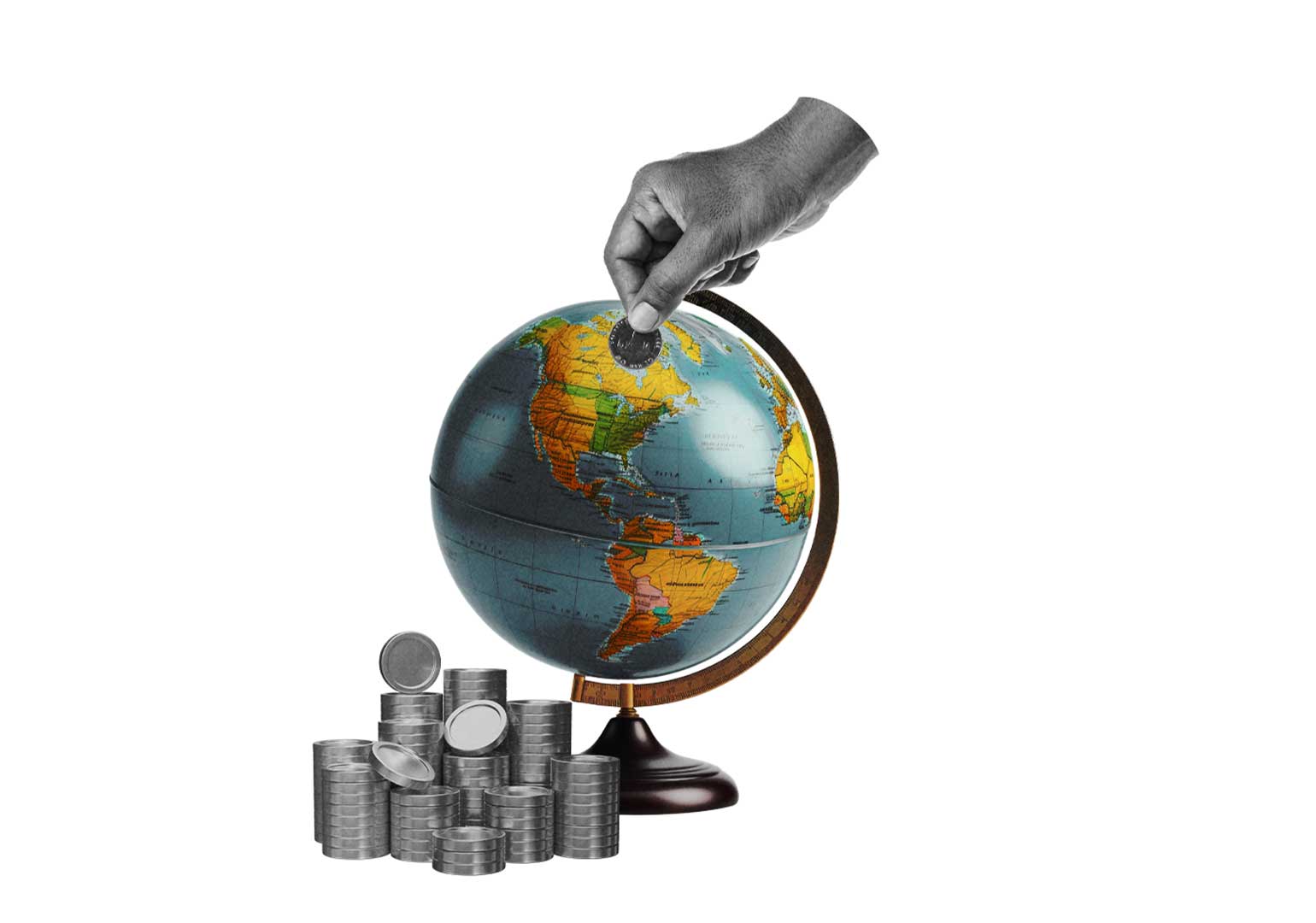The last article on the world’s fastest-growing economies was published by Forbes Georgia in 2019. Subsequently, in the following year, most countries experienced economic contractions due to the pandemic. While some nations resumed growth in 2021, it was primarily driven by reopening economies that had been ‘locked down’ due to COVID-19. The growth observed in 2022 could also be termed post-pandemic, as the impact of the Coronavirus remained significant in 2021.
As we enter 2023, economic growth is no longer solely tied to efforts to compensate for pandemic-induced damage. It is interesting to analyze which countries have the fastest-growing economies this year and the key factors behind their growth.
This article relies on International Monetary Fund (IMF) figures as its primary data source. The IMF recently updated its economic growth forecast for 2023, providing projections that closely align with the expected actual numbers.
It’s essential to note that the baseline situation in each country plays a crucial role in achieving high economic growth. Developing countries often find it more attainable than their wealthier counterparts due to unused resources, low domestic competition, and a relatively high return on capital.
10. India
Population: 1.4 billion
GDP: $3.732 billion
GDP per capita: $2,600 (PPP: $9,200)

In 2023, the Indian economy will grow by 6.3%, having shrunk by 5.8% in 2020 due to the pandemic. In 2021-2023, it grew by an average of 7.5% annually. The IMF projects the Indian economy to grow by 6.3% by 2024. Although India’s economy is growing at a moderate pace, it is still a developing country, ranking 127th in the world in terms of per capita income. Along with the economy’s growth, the country’s population is also growing rapidly, which slows the growth rate of average per capita income.
The main factor in the growth of the Indian economy is foreign direct investment, which in 2022 amounted to 85 billion dollars. Investors are mainly attracted by the large domestic market and the IT sector, where 25% of total investments were directed. Last year, companies such as Google and Meta invested in India. India’s cheap labor is also attractive to investors.
9. Tajikistan
Population: 10 million
GDP: $12 billion
GDP per capita: $1,200 (PPP: $5,400)

In 2023, the economy of Tajikistan will grow by 6.5%, having grown by 4.4% in 2020 despite the pandemic. In 2021-2023, it grew by an average of 8% annually. The IMF projects the economy of Tajikistan to grow by 5% by 2024. Although the country’s economy has been growing rapidly in recent years, Tajikistan remains a low-income country, ranking 149th in the world in terms of per capita income.
In 2022-2023, the economy of Tajikistan was boosted by Russian money. The war in Ukraine led to an influx of Russian migrants and a boost in trade relations between Russia and Tajikistan. In 2022, Tajikistan received $3.2 billion in remittances (mainly from Russia), accounting for 32% of the country’s economy.
8. The Democratic Republic of the Congo
Population: 100 million
GDP: $68 billion
GDP per capita: $680 (PPP: $1,500)

In 2023, the economy of the Democratic Republic of the Congo (DRC) will grow by 6.7%, having grown by 1.7% in 2020 despite the pandemic. In 2021-2023, it grew by an average of 7.3% annually. The IMF projects the economy of the DRC to grow by 4.7% by 2024. Although the country’s economy has grown rapidly in recent years, the DRC remains extremely underdeveloped. Along with the economy’s growth, the country’s population is also growing rapidly, having increased by 15 million (18%) in the last five years alone. The DRC ranks 188th in the world in terms of per capita income, ahead of only three countries (Burundi, South Sudan and the Central African Republic).
In 2022-2023, the main factor of the DRC’s economic growth was the increase in the extraction of natural resources. The country is rich in copper, cobalt, gold, zinc, tin, and other metal ores.
7. Mozambique
Population: 34 million
GDP: $22 billion
GDP per capita: $650 (PPP: $1,600)
In 2023, the economy of Mozambique will grow by 7%, having shrunk by 1.2% in 2020 due to the pandemic. In 2021-2023, it grew by an average of 4.5% annually. The IMF projects the economy of Mozambique to grow by 5% by 2024. Although its economy is growing steadily, Mozambique is a less economically developed country. Along with the economy’s growth, the country’s population is also growing rapidly, having increased by 4.5 million (15%) in the last five years. Mozambique ranks 186th in the world in terms of per capita income.
In 2022-2023, the main factors of Mozambique’s economic growth were the increase in natural gas production, relatively favorable weather for agriculture, and the development of the service sector.
6. Armenia
Population: 3 million
GDP: $25 billion
GDP per capita: $8,300 (PPP: $19,800)

In 2023, the economy of Armenia will grow by 7%, having shrunk by 7.2% in 2020 due to the pandemic and the war with Azerbaijan. In 2021-2023, it grew by an average of 8.4% annually. The IMF projects the Armenian economy to grow by 5% by 2024. Armenia ranks 81st in the world in terms of per capita income.
As in Georgia, the main factor behind Armenia’s high economic growth in 2022-2023 was the influx of tens of thousands of Russian migrants due to the war in Ukraine. This resulted in a significant increase in remittances from Russia and the influx of Russian capital. In 2022, remittances to Armenia increased from $2.1 billion to $5.2 billion year-on-year, with Russia accounting for $3.6 billion.
5. Fiji
Population: 1 million
GDP: $5.5 billion
GDP per capita: $6,000 (PPP: $16,600)

In 2023, Fiji’s economy will grow by 7.5%. Fiji, which relies heavily on tourism, suffered severe economic damage due to the pandemic. Its economy shrank by 17% in 2020 and 5% in 2021. However, the recovery of tourism was followed by rapid growth (29% in 2021-2023). The IMF projects the Fijian economy to grow by 4% by 2024. Fiji ranks 95th in the world in terms of per capita income.
Tourism remains the main factor of economic growth in Fiji. Tourists in Fiji are mainly attracted by the fantastic beaches with white sand, palm trees and clear water. The country’s tropical forests and villages with round huts, festivities and traditions are also attractive to visitors. Fiji has a tropical climate, with an average temperature of 22 degrees, even during the coldest period. Along with tourism, the country’s economy is boosted by remittances from abroad.
4. Samoa
Population: 200,000
GDP: $1 billion
GDP per capita: $4,600 (PPP: $6,500)

In 2023, the economy of Samoa will grow by 8%, having shrunk by 11% in 2020-2021 due to the pandemic. Unlike many other countries, Samoa maintained pandemic-related restrictions until the summer of 2022, leading to a further 5% decrease that year. The IMF projects the Samoan economy to grow by 3.6% by 2024. Samoa is a developing country that ranks 141st in the world in terms of per capita income.
The main factor for Samoa’s economic growth in 2023 was due to the country receiving tourists without restrictions for the first time in four years. Furthermore, agricultural exports and yields have increased.
3. The Maldives
Population: 400,000
GDP: $7 billion
GDP per capita: $17,600 (PPP: $37,000)

In 2023, the economy of the Maldives will grow by 8.1%, having shrunk by a record 33% in 2020 due to the pandemic. The country relies heavily on tourism (for example, revenues from foreign visitors accounted for 68% of its GDP in 2022). The lifting of pandemic-related restrictions was followed by rapid growth (55% in 2021-2022). The IMF projects the economy of the Maldives to grow by 5% by 2024. The country ranks 54th in the world in terms of per capita income.
Tourism remains the main factor behind the economic growth of the Maldives, where temperatures range between 25 and 35 degrees all year round. Holidaying in the Maldives is expensive. Therefore, the country mainly attracts high-spending tourists. The country’s economy is also boosted by fishing.
2. Libya
Population: 7 million
GDP: $40 billion
GDP per capita: $5,900 (PPP: $24,400)

In 2023, Libya’s economy will grow by 12.5%. Libya has an unstable economy that relies on a peaceful domestic environment and high oil prices. Oil sales account for 50% of the country’s GDP. Libya’s economy shrank by 11% in 2019 and by a further 30% in 2020 because of the pandemic and low oil prices. The economy grew by 28% in 2021 but shrank by 10% again in 2022. The IMF projects the Libyan economy to grow by 7.5% by 2024. The country ranks 71st in the world in terms of per capita income.
The main factors for Libya’s economic growth in 2023 were domestic political stability and increased demand for its oil due to the sanctions imposed on Russia. Libya boosted its oil production by 15% this year.
1. Guyana
Population: 800,000
GDP: $16 billion
GDP per capita: $21,000 (PPP: $61,000)

In 2023, Guyana’s economy will grow by 38%. Over the past decade, Guyana has had the fastest-growing economy, boosted by the discovery of oil fields in 2015. The country’s economy quadrupled in size between 2015 and 2023. In 2020-2022, it grew by an average of 42% annually. The IMF projects the economy of Guyana to grow by 27% by 2024. Guyana ranks 23rd in the world in terms of per capita income, ahead of countries such as France, Italy, Japan, and Finland.
Guyana extracts 500,000 barrels of oil per day, boosting its annual revenues by around $15 billion. This is a very high figure for such a small country, whose population is four times smaller than Georgia’s.
















